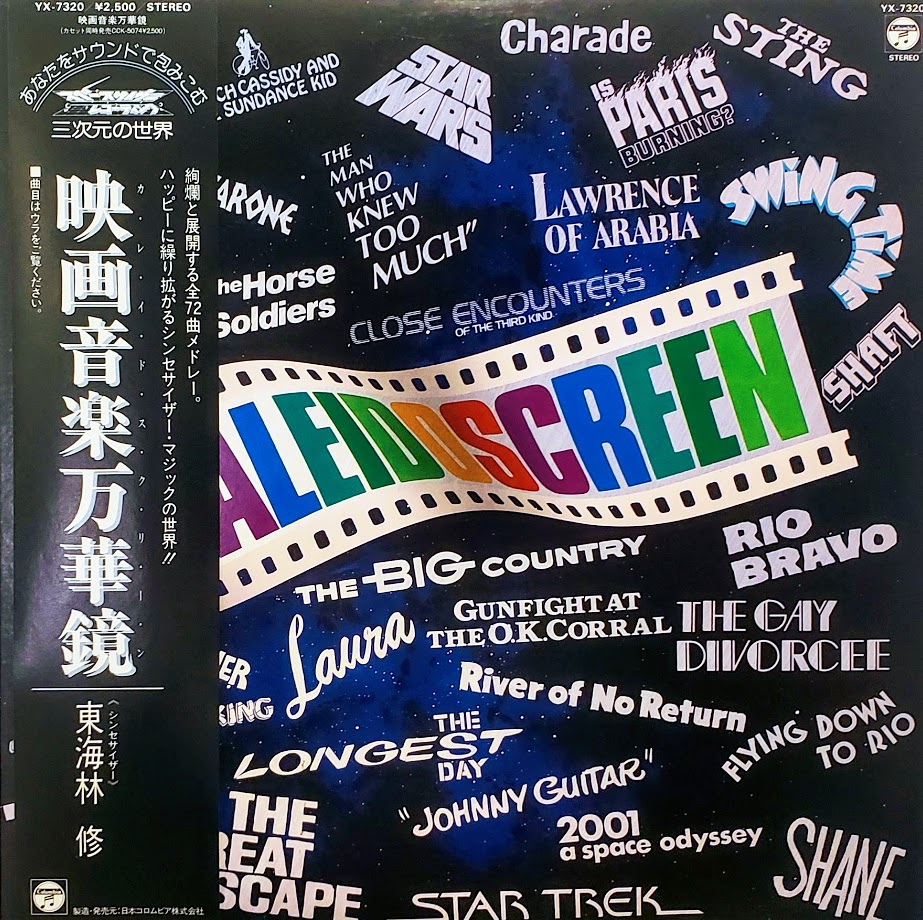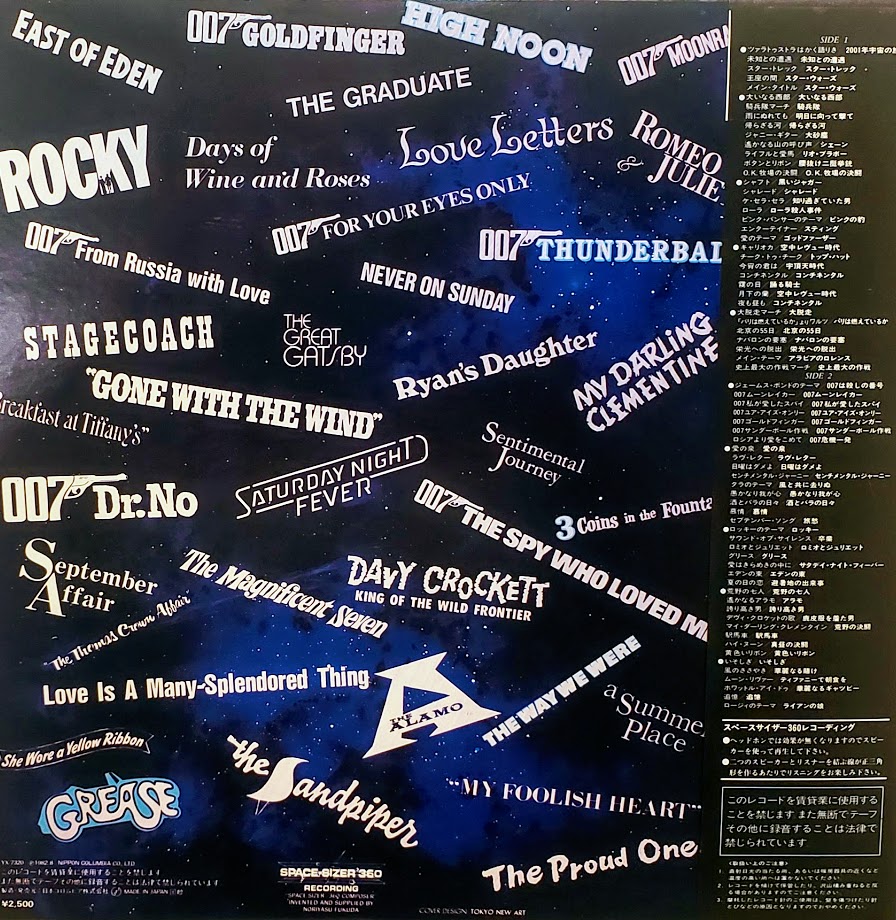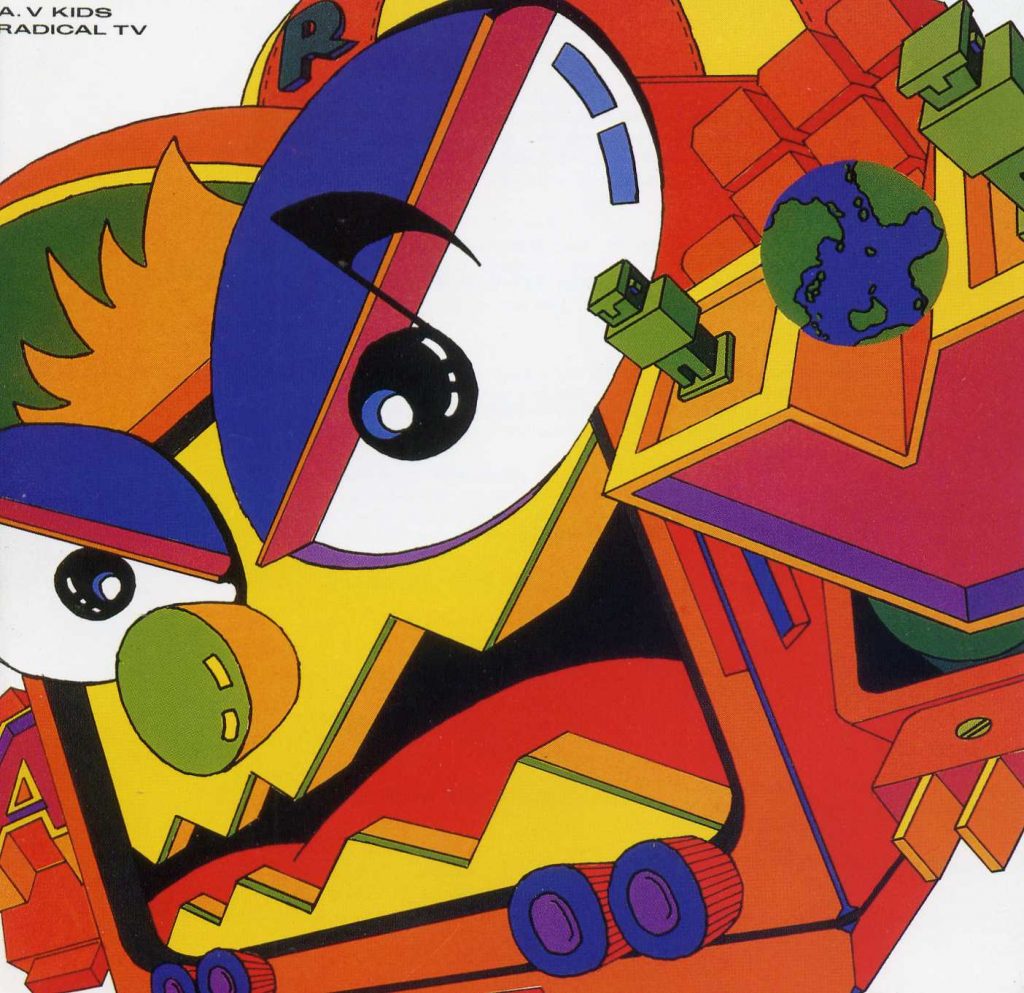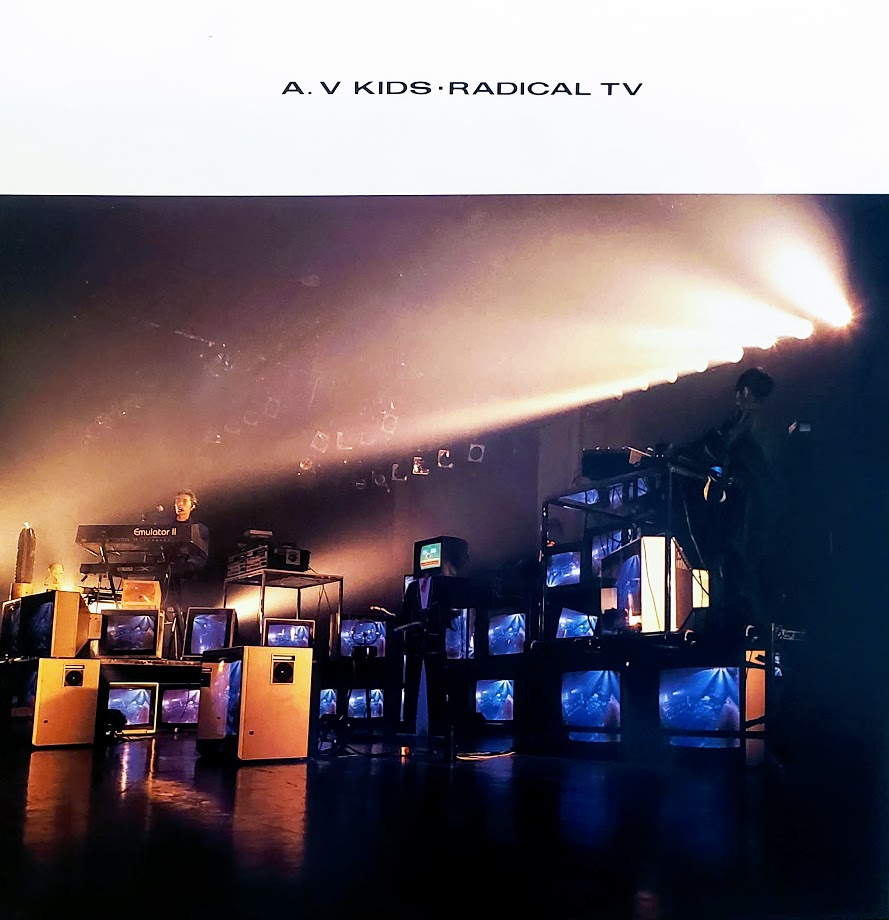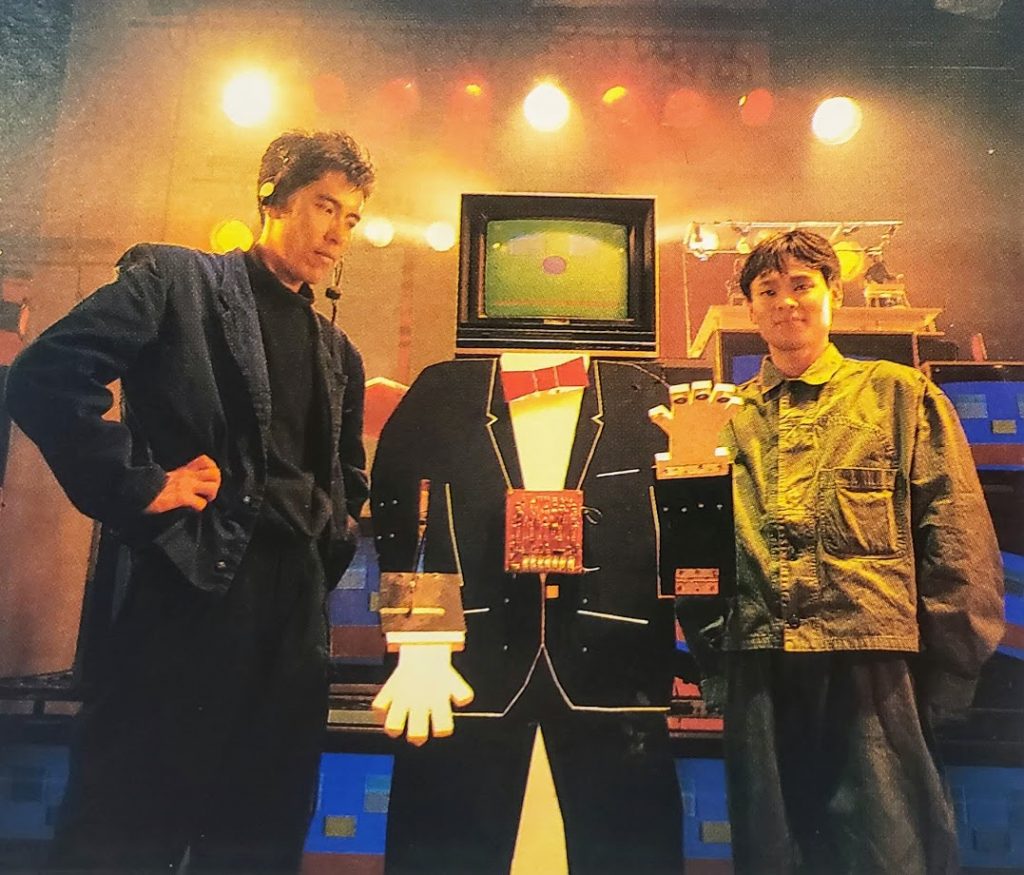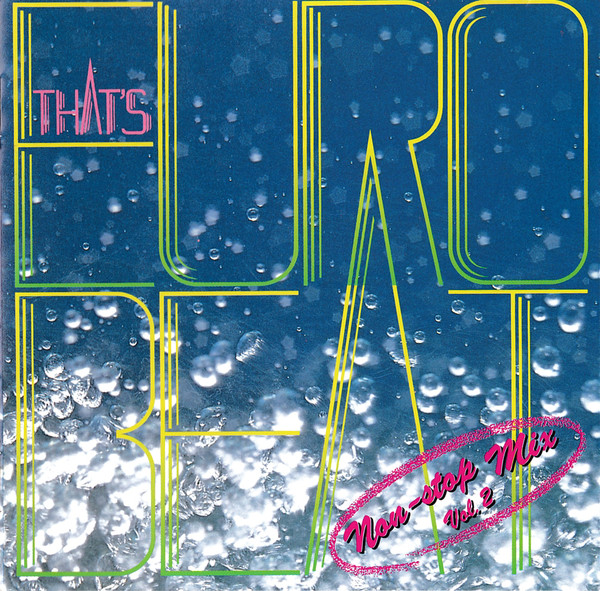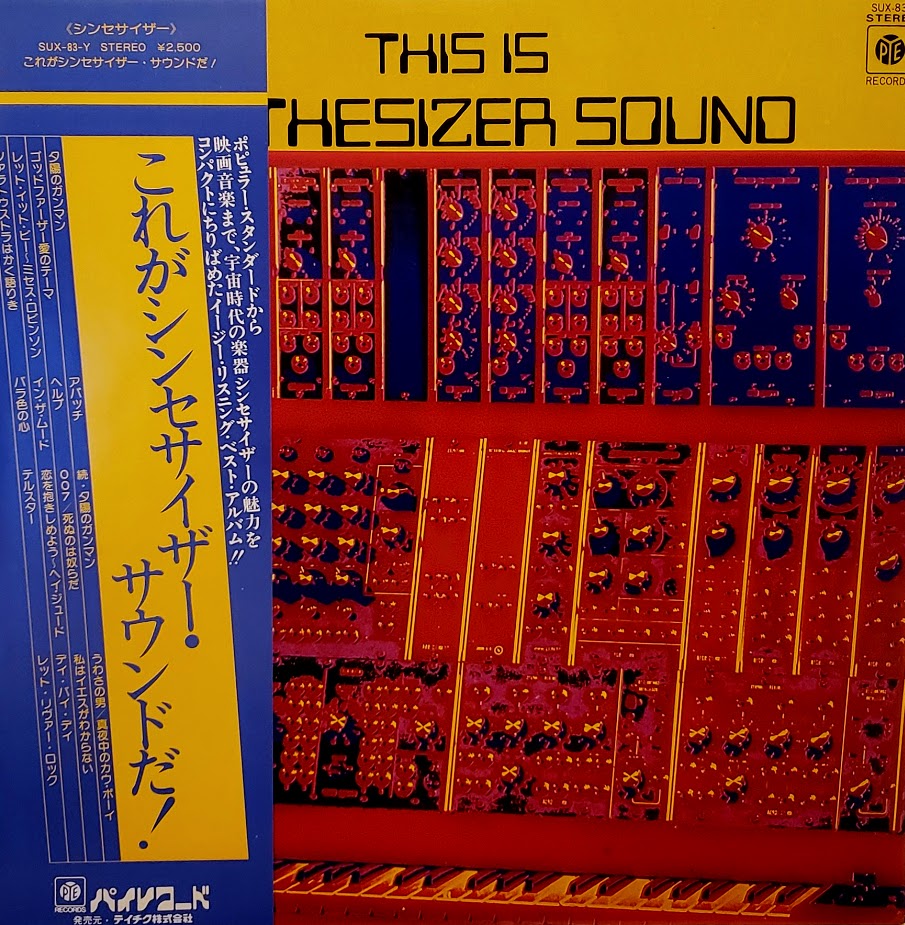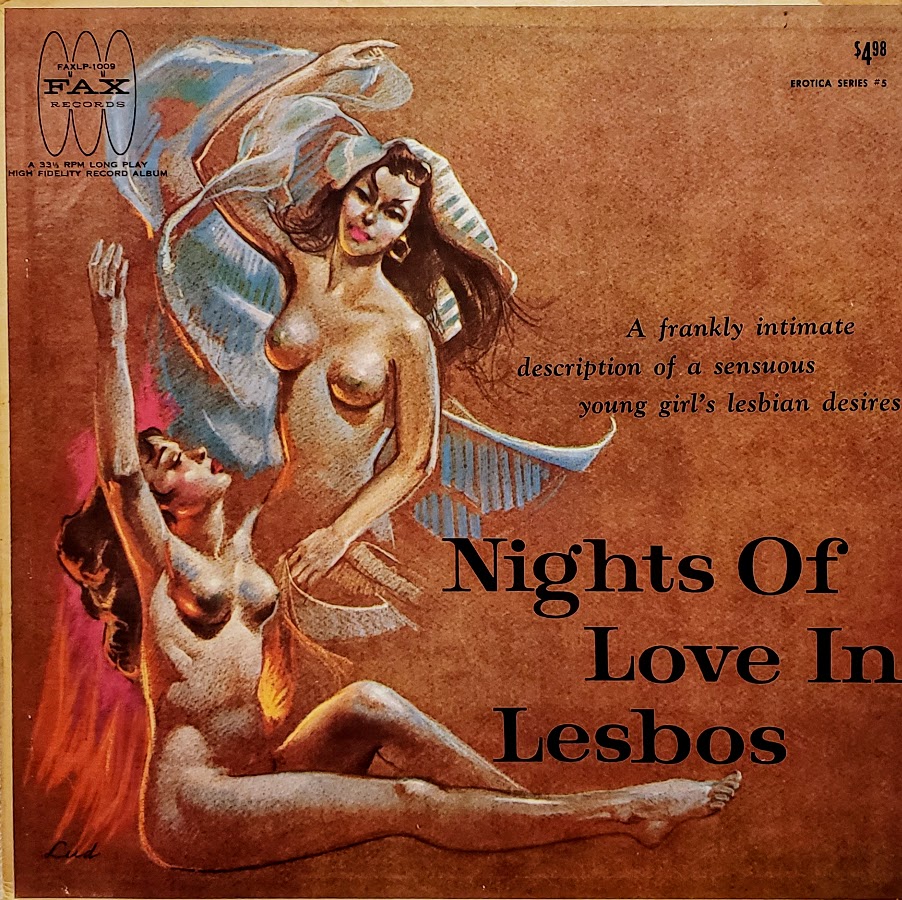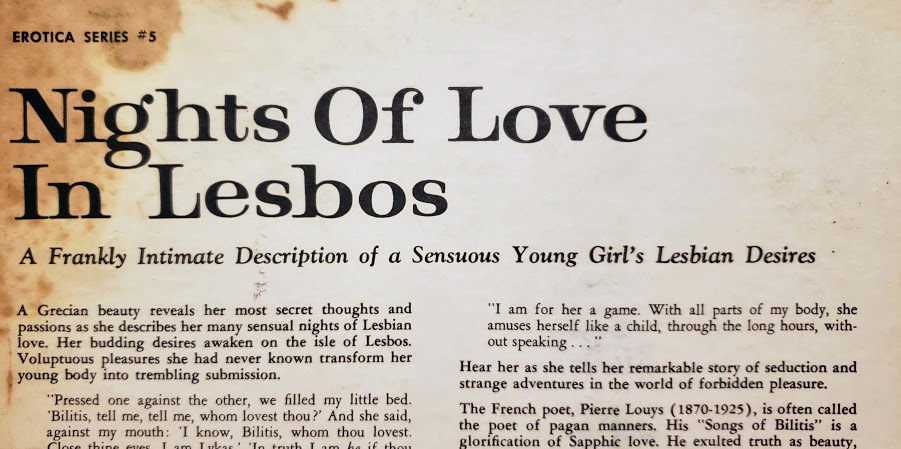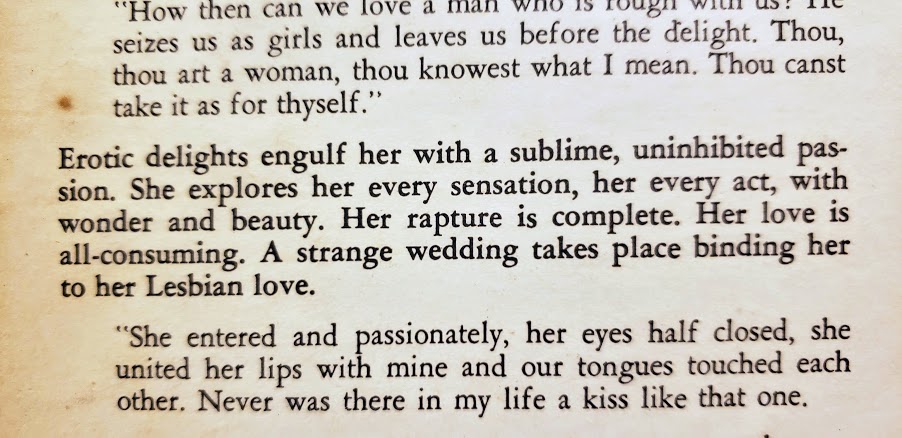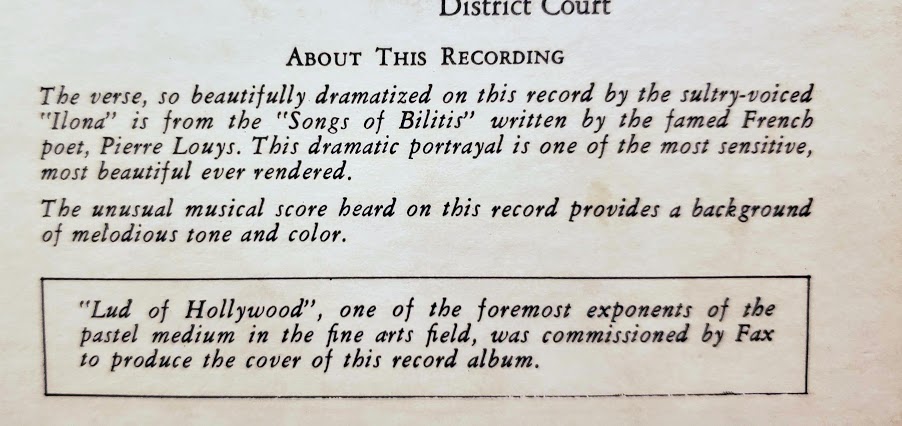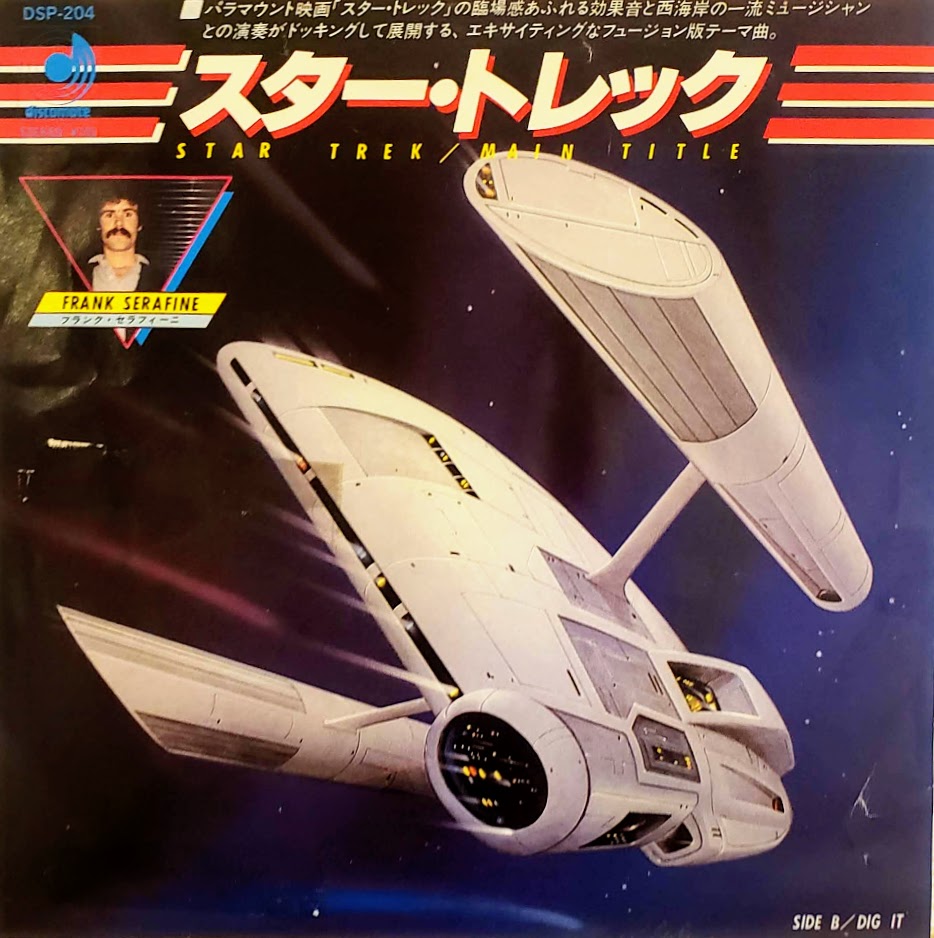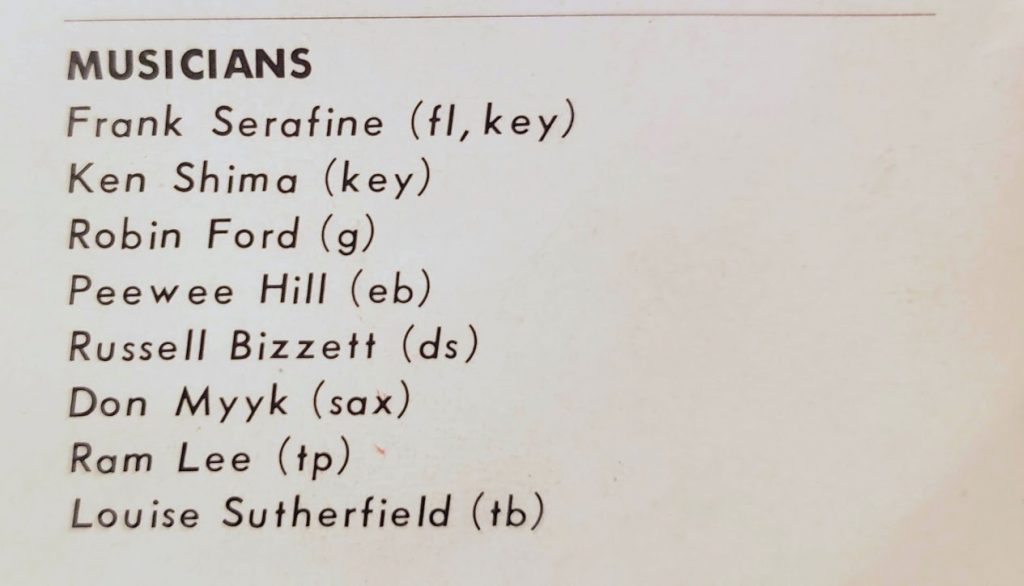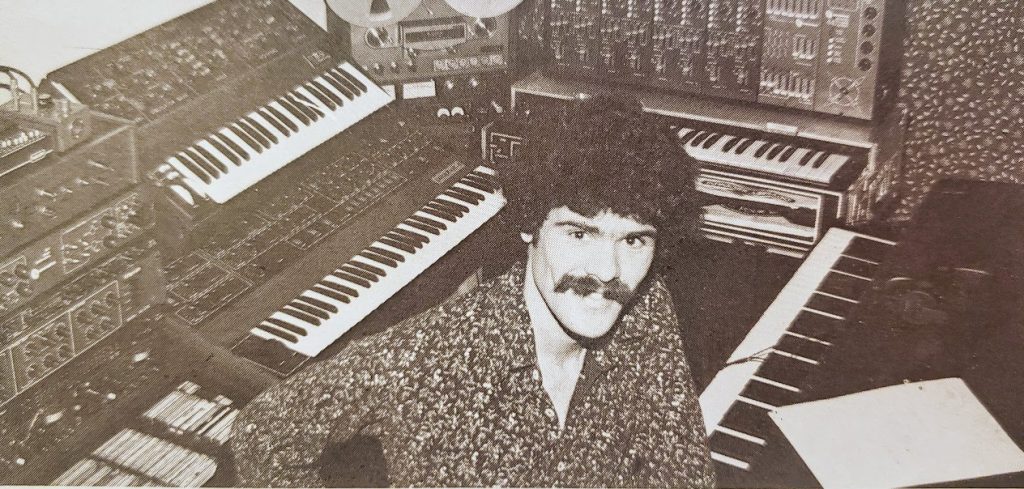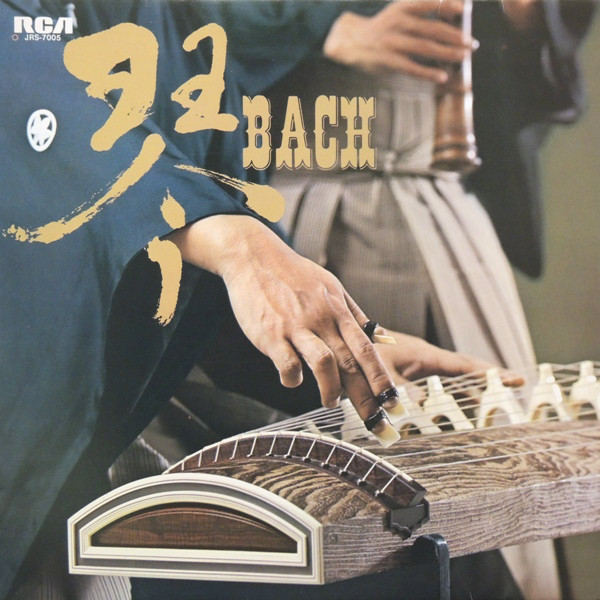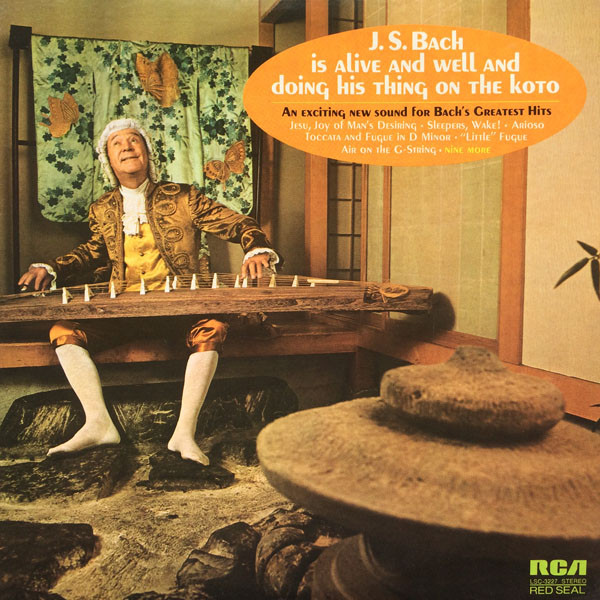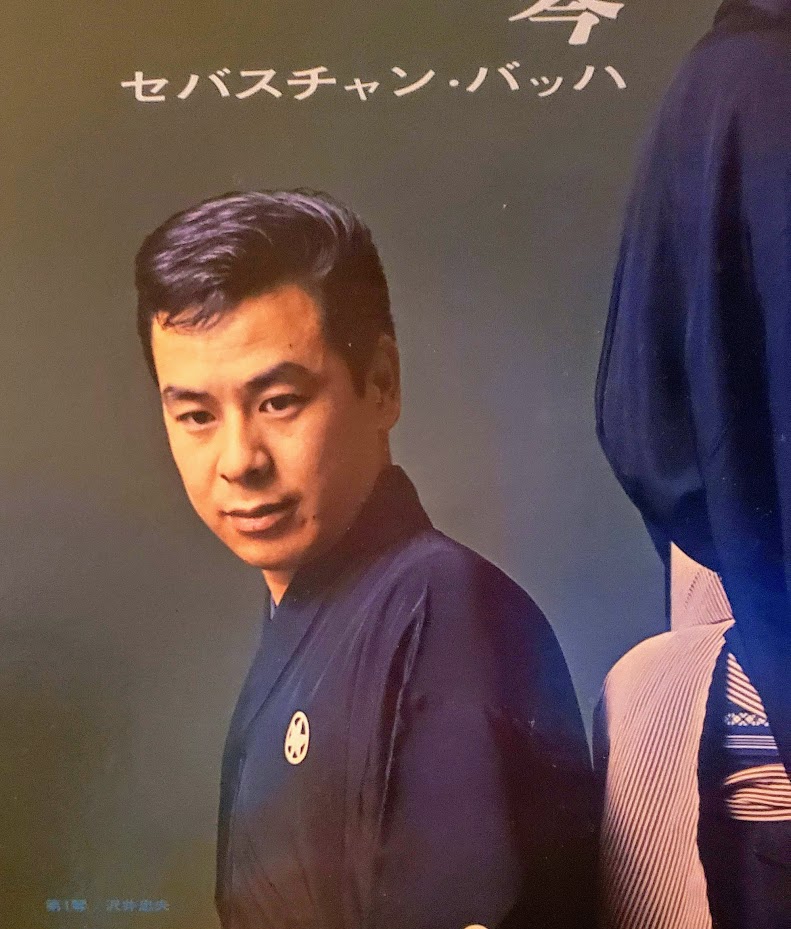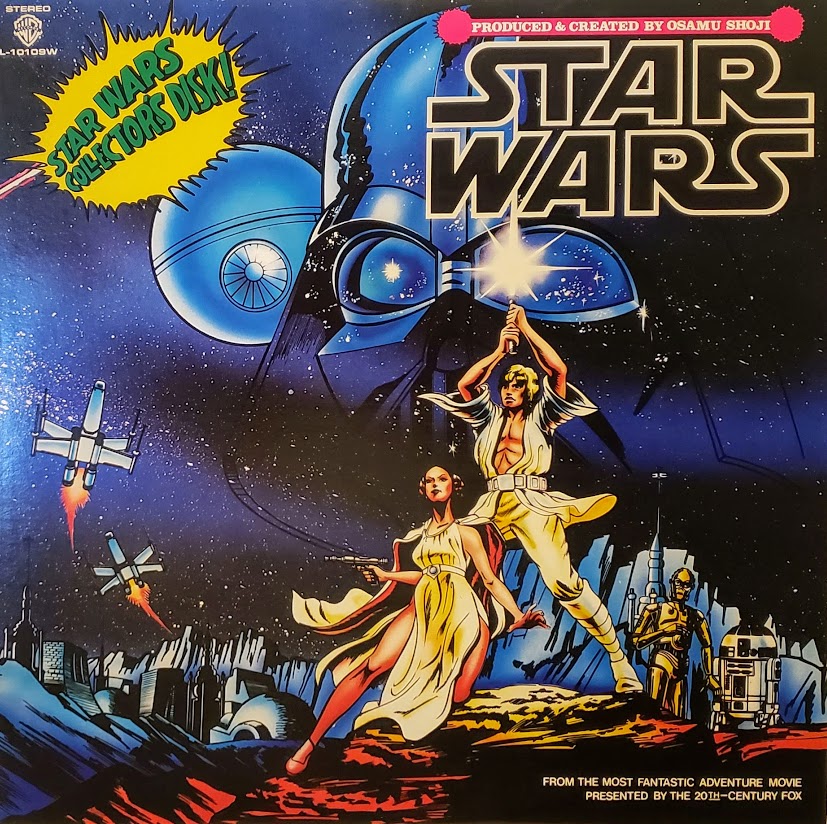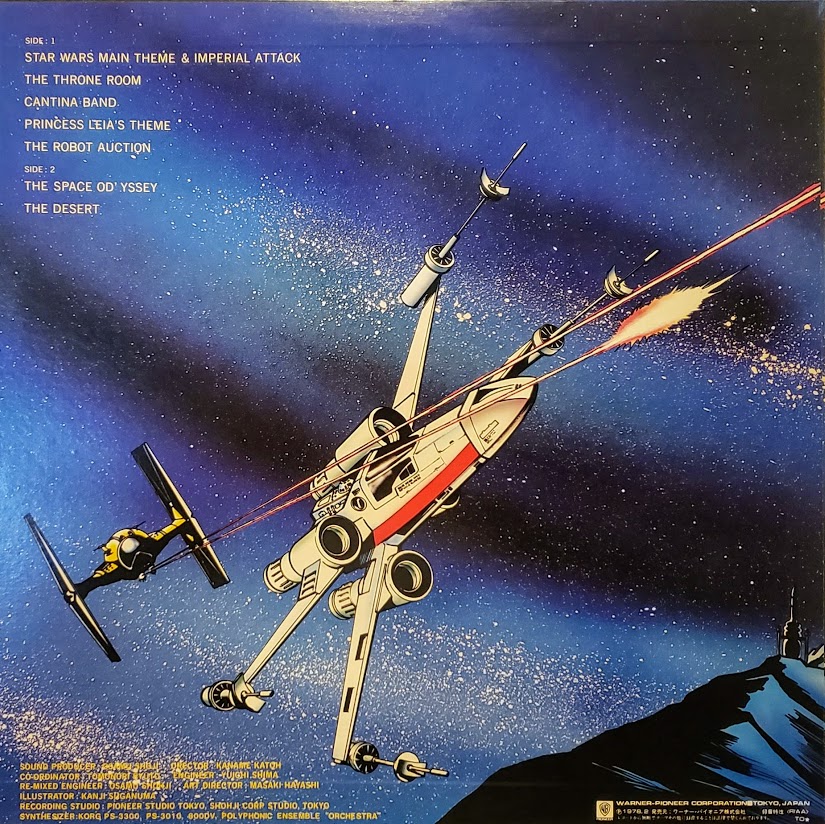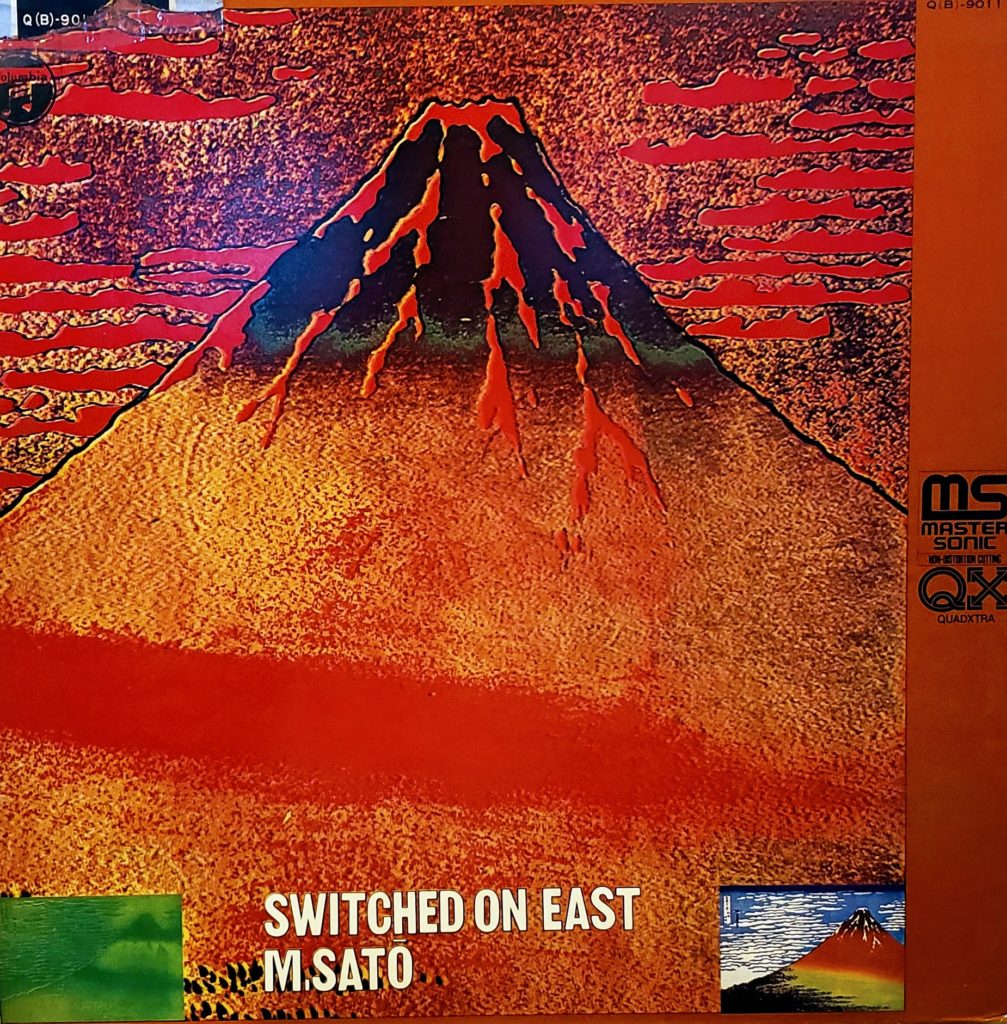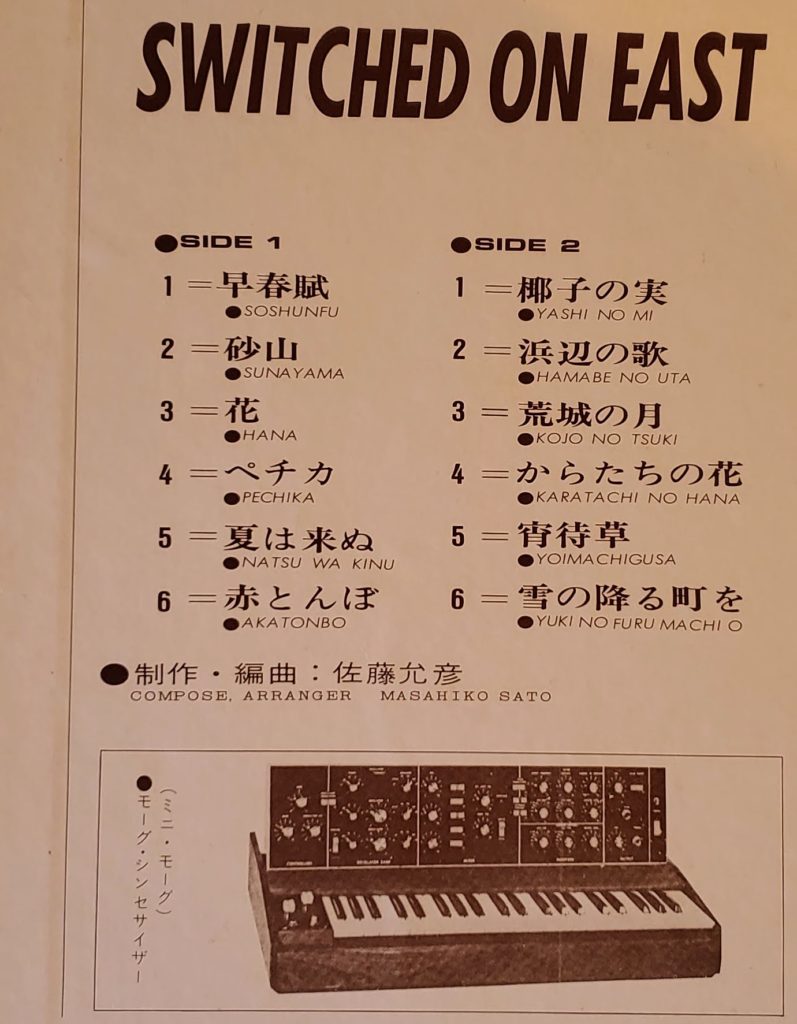Japan has been lifting its state of emergency gradually over the past couple of weeks, as cases of the coronavirus here have declined. Last week, most record stores in Tokyo finally re-opened.
I’m still being cautious. I don’t want to take the train right now, so I’m not going to a lot of my absolute favorite stores, but I did make the quick walk to Shinjuku to check out the Disk Union stores around there.
The first thing that struck me was how deserted the area around the stores was. That part of Shinjuku is usually crowded. It’s right next to a major entrance, has dozens of restaurants, and several department stores. But walking traffic was down by about 75%, there just weren’t many people out. A lot of bigger stores are still closed, and people aren’t eating out as much, so that probably had a lot to do with it.
The Disk Union stores in Shinjuku are absolutely wonderful, but they’re all a little cramped. Social distancing in those stores is an impossibility. There were signs up that said they might limit the number of people allowed in at once if things got crowded. Additionally, masks were 100% mandatory, as was using the provided hand sanitizer whenever you entered a new floor. There were also plastic curtains up that separated the customers and the clerks. Any floor that had windows (not many) had them open. The first floor Union Record store I went to had their front doors open. They were also the most reorganized, doubling the amount of space in front of the registers to allow for greater distancing between people.
Are their solutions perfect? No way. As I said, the stores are small and cramped, there’s no way for them to become 100% safe. But they’re trying their best. In a perfect world they could stay closed even longer, but that’s just not realistic unfortunately. Given the circumstances, I think that their precautions will help. Masks aren’t perfect, but they can help. If everyone is wearing a mask, using hand sanitizer, and keeping as much distance as they can, I think that will greatly work to minimize and potential risk of infection. Also, most of the people who go to the record stores go alone and don’t talk much, that alone cuts down any infection risk.
I’m doing my part by not going to eight million stores a week. I would hate to be asymptomatic and carry the virus around to all my favorite record stores. Tower Records is open now (HURRAH!) but I’m going to wait until next week before I go (BOO!). Then I’ll wait another week before I go to Coconuts Disk. And then another before I check our Recofan again. As much as they would all appreciate my business right now, it’s better to be safe than sorry. And I’ll for sure make up for any lost purchases when I go to their stores, that’s for damn sure.
I bought some cool stuff this week at Disk Union, but I still have to physically clean and record those records. In the meantime, here’s another weird synthesizer record from the 1970s. Shocking, I know.
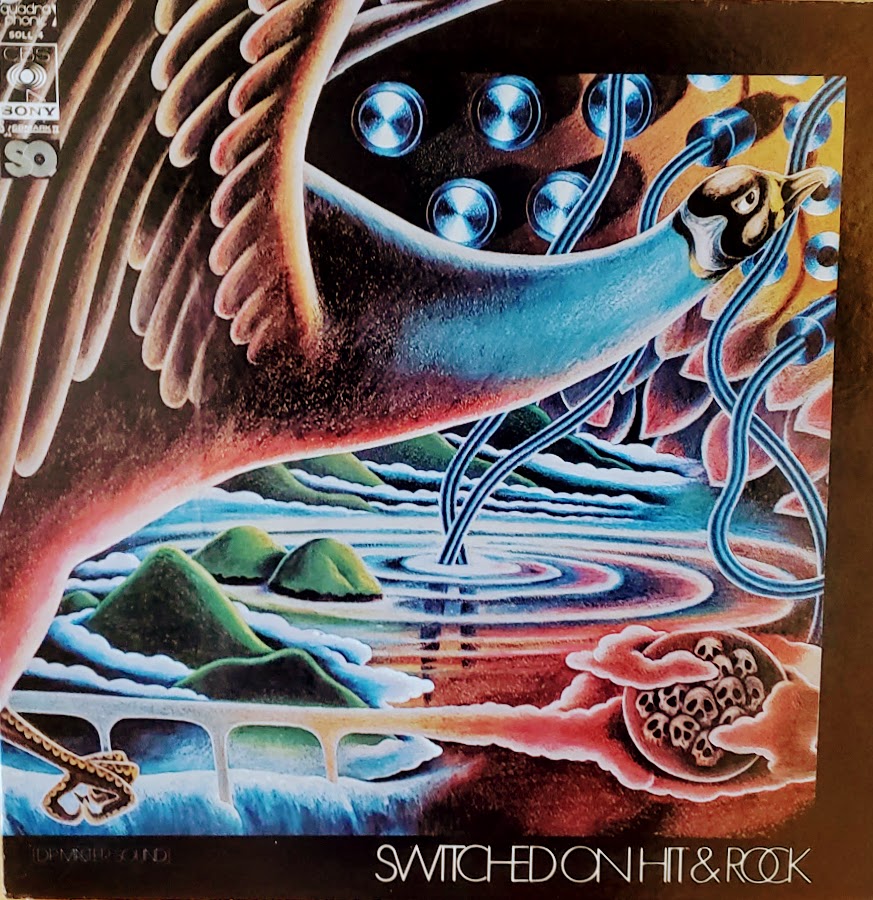
Isao Tomita – Switched On Rock (Complete Album Download)
Isao Tomita is one of the big three of early synthesizer music, right behind Wendy Carlos and Jean-Michel Jarre. His 1974 release, Snowflakes Are Dancing, which reworks compositions by Claude Debussy, was revolutionary when it came out. It charted on the American Billboard charts and even netted Tomita a few Grammy nominations.
But it wasn’t his first album. This was. Released in 1972, Switched On Rock is another in a seemingly endless line of synthesizer covers albums that flooded record stores after the runaway success of Wendy Carlos’ Switched-On Bach.
Like most Switched-On Bach copies, Switched-On Rock lacks the complexity and craft of Carlos’ original work. Carlos went through the hassle of recording layers upon layers of synthesizer melodies to build incredibly complex and detailed recreations of Bach’s original compositions. Synthesizers of the time were not polyphonic, so if you wanted a rich, full sound that meant lots of overdubbing.
Tomita didn’t go that route. He instead kept things simple. There’s some polyphonic work going on here, but not nearly at the level that’s found on Carlos’ record. Also, it’s not an entirely electronic album, with acoustic drums showing up on most tracks. Tomita also played it safe with track selection. As the title suggests, Tomita covers rock tunes here, not classical works. Rock songs, especially the rock songs he chose, are a hell of a lot easier to re-arrange for synthesizer than Bach or DeBussey, that’s for sure. They’re all little more than a basic melody and a backbeat. Lots of Beatles covers, Simon & Garfunkel, Elvis and other oldies.
That’s not to say that the album is boring or bland. Far from it. What Tomita lacks for in complexity here, he more than makes up for with weirdness. I’m not good with technical terms, so I don’t know what effects Tomita was applying here, I just know that it sounds weird. His synthesizers sound drunk, with the sounds often having a strange wobbling or bouncing effect added to them. And everything is put through an echo, giving it all a etheral dreamlike quality.
The album had a limited release. It came out in Japan first, and then was later released in the UK. There, Tomita was billed as “Electric Samurai” because Orientalism sells. It never got a release in the states and from what I can find online, there’s never been an official release on CD either, making it one of the rarest releases in the Tomita catalog.
Like all Moog albums, transferring the vinyl recording in a way that created a clean digital copy was not easy. Early synthesizers create harsh, abrasive sounds. Most audio cleaning programs pick those waveforms up as pops or cracks and they try to remove them. I could only do a very light pass on the lowest settings to remove the more drastic scratches. Then I went through again manually and removed more, before also scrubbing a bit of the background surface noise that’s found on all vinyl recordings. I think it sounds good, but if you hear a few mistakes or odd blips here and there, that’s why.
Listen to moog music and wear a mask. It’s the right thing to do.

